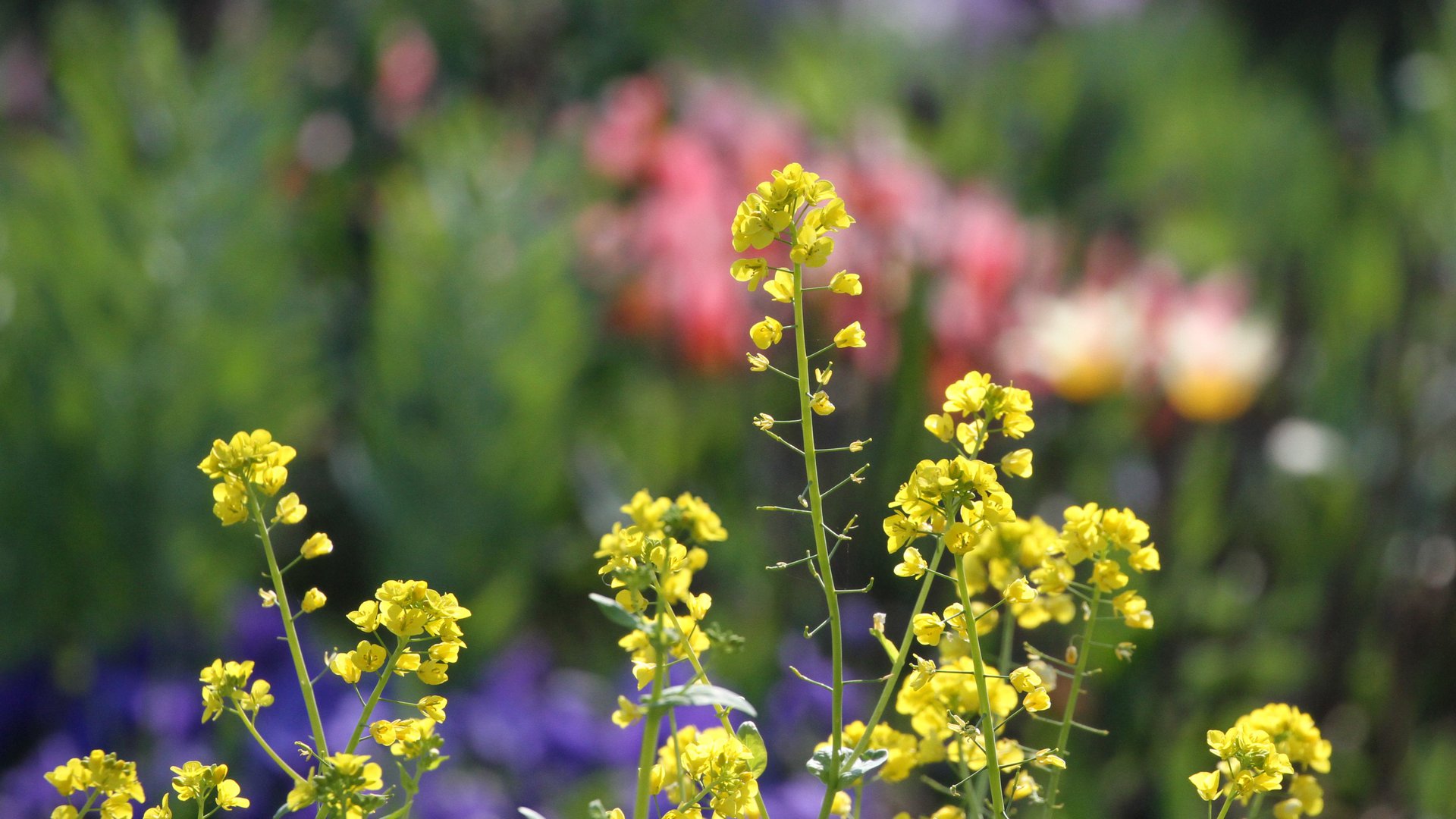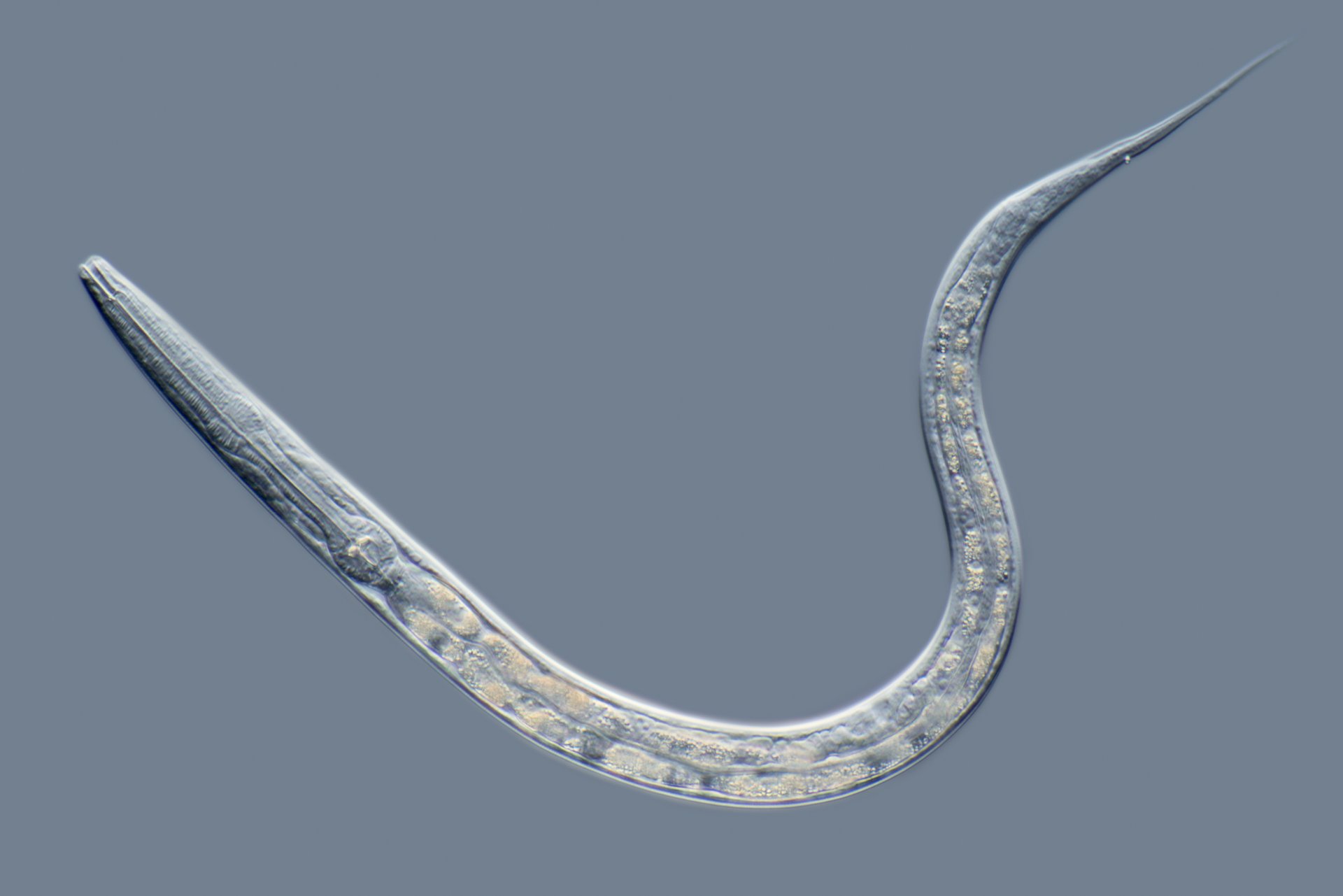Spring has begun. Flowers carefully start to flower again, and the scent of spring is in the air. Spring has this typical pallet of odors, next to all the beautiful colors. It is the scent of the chemical compound geosmin, which is produced by streptomycetes. According to the scientists, geosmin has a special purpose: to warn!
‘Do not eat me, I am dangerous!’
But who is alarmed by this scent? It is nematodes, tiny roundworms living in the soil. Nematodes are microscopic multicellular microbes that feed on microorganisms like fungi, bacteria, algae, and other organic matter. They have an important role in the food chain everywhere on earth.
A common nematode is Caenorhabditis elegans (C. elegans). It is fatal for C. elegans to feed on the bacterium Streptomyces coelicolor (S. coelicolor), because it produces toxic compounds. The scientist found that S. coelicolor excretes geosmin as a warning signal: ‘Do not eat me, I am dangerous!’. This is a very important warning signal for both species.
Aposematic signals
Geosmin is an aposematic signal, similar to the bright colors of poisonous frogs, or the contrasting black and yellow stripes of wasps. These are all warning signs that are meant for predators. The blind roundworm C. elegans tastes the chemical compound geosmin, and knows S. coelicolor is near. The roundworm knows to better move the other way. Geosmin itself is not toxic for the nematode, so the scientists found. It is solely used as a warning sign.


